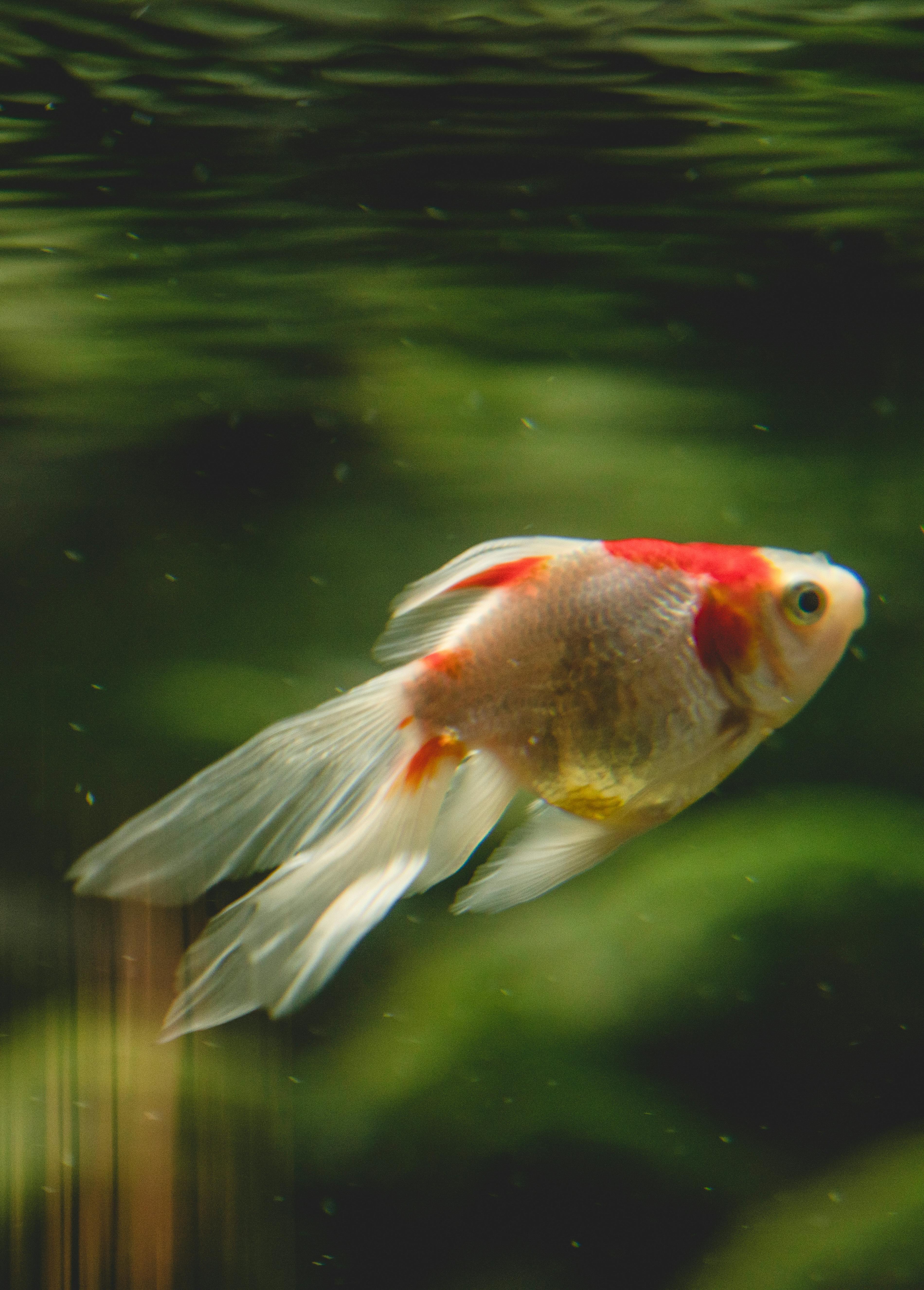Apply Now
Top 5 Effective Ways to Spot the Differences in Hares and Rabbits
Understanding the Basics: Hares and Rabbits
Hares and rabbits, both members of the lagomorph family, share many similarities but exhibit notable differences that are crucial for identification. Recognizing these distinctions is beneficial for both enthusiasts and wildlife observers. Hares are typically larger, with longer legs and ears than their rabbit counterparts, which significantly affects their habitats and behaviors. These physical characteristics, along with their unique adaptations, contribute to their respective lifestyles. For instance, hares often have a more solitary lifestyle and can be seen in open fields, while rabbits tend to be more social and inhabit dens.
The ecological roles of both hares and rabbits also play a significant part in maintaining biodiversity. Their feeding habits contribute to the structure of their habitats. Understanding these basic aspects of their ecology will help us in identifying their differences more effectively, leading us to the next point—habitat comparison.
Comparing Their Habitats
The habitats of hares and rabbits greatly influence their behavior and survival. Hares are often found in open fields and grasslands where their agility and speed give them a critical advantage over predators. In contrast, rabbits prefer more enclosed areas, such as forests, shrublands, and urban environments, where they can easily dig burrows for shelter.
Moreover, the adaptations seen in their habitats reveal more about the differences between the two. Hares rely on open terrains for their quick movements and ability to evade threats, whereas rabbits benefit from burrowing behavior, which provides them with safety from predators. This habitat distinction is critical for understanding their respective ways of life, and leads us directly into examining their diets.
Dietary Differences: What Do They Eat?
Diet is another significant distinguishing factor between hares and rabbits. Hares are primarily herbivorous, feeding on high-fiber vegetation, including grass, herbs, and shrubs. Their diet adaptation is vital as it aligns with their movement patterns; they often graze on food in open areas where they can quickly escape if necessary.
On the other hand, rabbits tend to have a more diverse diet that includes a range of plants, seeds, and vegetables. They require a diet that not only provides energy but also supports their burrowing habits. This includes foraging for food both above and below ground. Understanding these dietary habits helps in comprehending not just what they eat but how their ecological niches differ. This naturally leads us to explore their behaviors, a critical aspect of their survival.
Diving Into Behavioral Patterns
Behaviorally, hares and rabbits exhibit distinctive traits that define their species. Hares are known for their agility and speed; they are solitary and utilize a flight strategy when threatened. Their communication often includes physical displays and rapid movements, designed to confuse predators. This agility is an essential component of their survival strategy, as they tend to live in more open areas with fewer hiding spots.
Conversely, rabbits are more social animals, often found in colonies. Their social behavior involves complex communication and social structures, where they display grooming and group foraging behaviors. Their reliance on being part of a group helps enhance their chances of survival against predators. Recognizing these behavioral differences can aid in understanding their ecological significance and management, particularly in urban settings.
Exploring Reproductive Strategies
Reproductive strategies stand out as another way to differentiate between hares and rabbits. Hares typically have a longer gestation period, and they give birth to fewer young, which are more developed on arrival. Their breeding behavior is adapted to open habitats, leading to quick reproductive cycles without much parental investment.
In contrast, rabbits have shorter gestation periods and often give birth to larger litters of young, which are born relatively helpless. This difference in breeding strategies showcases their adaptability and survival strategies based on their environments. Understanding these elements not only highlights behavioral variations but also underscores their roles in maintaining population dynamics and conservation efforts.
Conservation and Threats: Understanding the Future
Both hares and rabbits face several threats that can impact their populations and conservation status. Habitat loss due to urbanization poses a significant risk to their survival, as it diminishes their natural range and leads to increased human-wildlife conflicts. Understanding these threats is crucial for developing effective conservation strategies.
Additionally, climate change is affecting their habitats, influencing food availability and reproductive rates of both species. Conservation efforts must focus on protecting natural habitats while promoting biodiversity among these lagomorphs. By recognizing the differences between hares and rabbits, conservationists can tailor strategies to ensure the survival of both species. The knowledge gathered about their behaviors, ecological roles, and environmental interactions is fundamental to fostering a balanced ecosystem.

Final Thoughts
Spotting the differences between hares and rabbits may seem daunting at first, but understanding their unique characteristics, habitats, diets, behaviors, and reproductive strategies provides new insights into their ecological roles. As we engage with nature, let us keep in mind that each of these fascinating mammals contributes to our biodiversity and deserves our attention in terms of conservation and ecological balance. By fostering this knowledge, we can enhance our appreciation for these remarkable creatures in our environment and promote efforts to protect their habitats from emerging threats.



